Gutenberg dynamic content breathes new life into your monotonous website with various benefits. It helps optimize user experience by improving the website’s responsiveness and navigating smoothness.
Integrating dynamic content plugins into the website gives you more chances to receive quality traffic while reducing the bounce rate. Still, abusing these plugin types is not a good practice without considering the website design and content.
So, how can you apply the Gutenberg dynamic content to engage more actionable conversions? Let’s explore the details in this article to clarify your wonder about this excellent plugin.
- What is Gutenberg Dynamic Content?
- Benefits of Using Dynamic Content
- Top Common Cases to Use Dynamic Content
- Application of Dynamic Content in Marketing Campaigns
- 5 Best Plugins to Generate Gutenberg Dynamic Content
What is Gutenberg Dynamic Content?
Dynamic content supports businesses in personalizing the user’s experience based on location, time, and the user. Through an interactive experience, viewers can keep track of relevant content to make purchase decisions. Consequently, your website will be likely to get more profitable conversions.
Being the standard block editor of WordPress, Gutenberg allows spaces for adding add-ons to customize the website.
Generating dynamic content from a wide feature range of Gutenberg block editors is also easy with simple drag and drop. Apparently, you do not need technical knowledge to control the customized process.
Benefits of Using Dynamic Content
Dynamic content provides a personalized experience according to users’ data and searching behavior. As surpassing static content with better flexibility, dynamic content satisfies every user with the following benefits.
Optimized relevancy: Keep your customers with the website when providing relevant content. Personalized content can secure viewers’ attention to gain more conversions and reduce the bounce rate.
Easy searching: Dynamic content enables users to find relevant results quickly with smooth navigation. Besides, you can manage the content properly to optimize the user experience.
Easy to update and edit: You can update the displayed results to meet users’ preference and searching behavior.
Improved responsiveness: Dynamic content lets you access the website from all available devices. Thanks to the impressive adaptiveness, you can reach more target audiences when delivering promotional messages.
Increased core performance metrics: Dynamic content boosts the campaign’s effectiveness when increasing engagements and conversions. You can check out the following impressive data on how dynamic content supports businesses in each customer journey stage.
- A comprehensive email marketing campaign with dynamic content can result in a better open rate (10% – 15%).
- Distributing relevant ads to target customers also brings in better CTR metrics.
- Relevant-personalized content helps increase users’ session time and engagements since it saves time in searching for the desired results.
Top Common Cases to Use Dynamic Content
With the benefits mentioned above, applying dynamic content only proves its strength in some cases.
Event Calendars
Dynamic calendars assist you in designing the registration experience when developing a conference website. Specifically, users can arrange their time to register for interesting events and webinars. Site administrators can distribute the event banners in a lot of placeholders to remind the registrators to join.
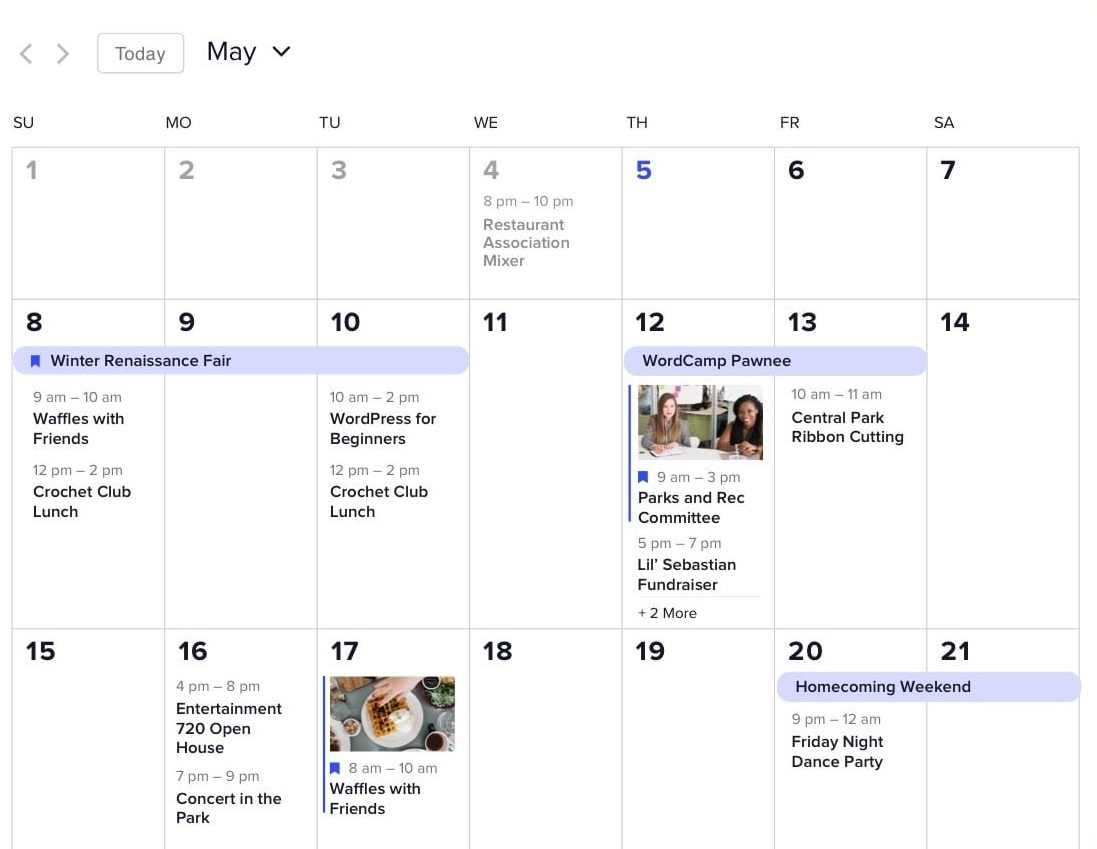
Recently Viewed
Recently viewed sections encourage the search intent quickly with dynamic content. Viewers can look back at their read blogs or shopping carts to ensure they get all the important information.
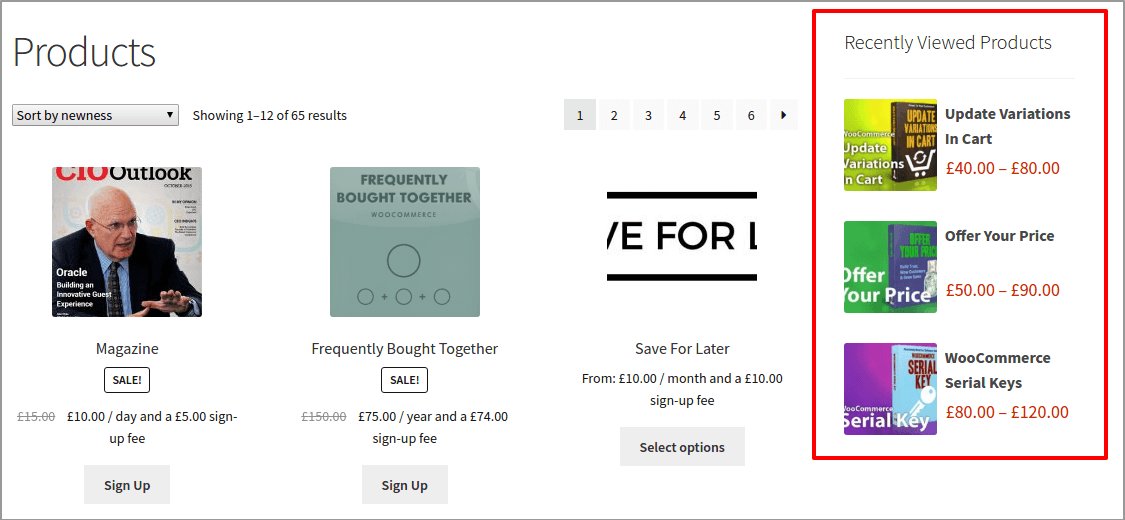
Wishlist Pages & Favorites
Giving your visitors the right to create and manage their favorite collections will enhance the user experience. Regarding editing and removing items, dynamic content eases the navigation and responsiveness of this feature to optimize the process.
Businesses can also rely on customers’ favorite lists to analyze their purchase behavior and implement appropriate campaigns.
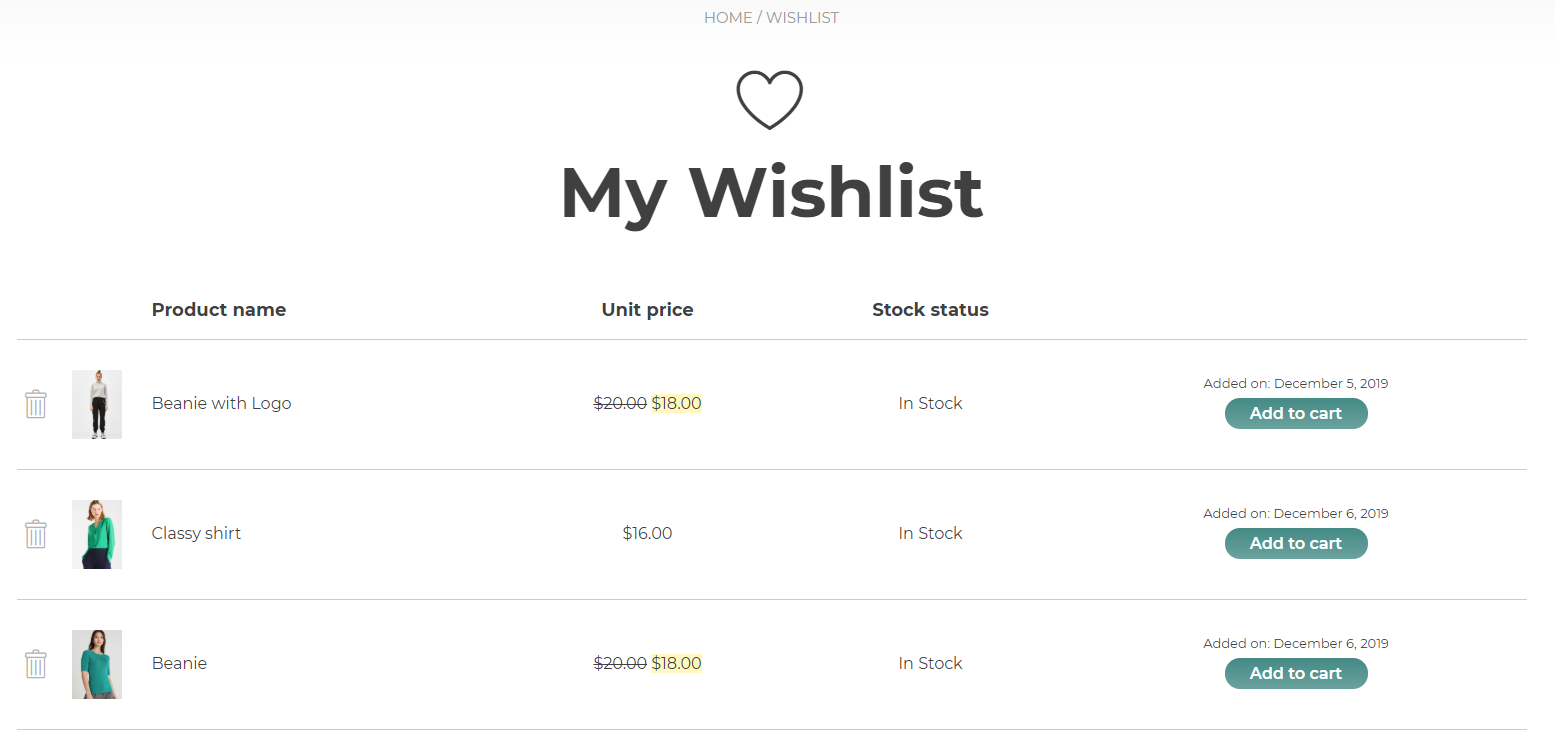
Custom Post Type & Relations
Creating bi-directional relationships among various post types can transfer users to relevant content. For example, with dynamic content, you can generate multiple custom fields in e-Commerce websites to present different product information.
Tracking Website Activity
Dynamic tags support you in tracking website activity to improve the user experience. With the desire to display typical groups such as dynamic prices, most liked events, and products, you should use dynamic tags to drive the process.
Application of Dynamic Content in Marketing Campaigns
Dynamic content has a wide range of applications through each customer journey stage. Indeed, it helps businesses approach potential customers from the awareness phase to the leading conversion phase.
Supporting Outreach Activities
Dynamic content powers email and advertising campaigns to build potential customers’ awareness and reach more leads. Regarding the email marketing campaign, dynamic content can record target audiences’ data to complete the promotional content.
As a result, you will get more chances to increase meaningful conversions, such as purchasing and registering.
Meanwhile, you can use dynamic content to analyze customer online searching behavior for retargeting ads. By matching user search queries, your ads can perform more effectively across all channels to attract potential audiences.
Leading More Engagements
When gaining the customers’ attention, you can provide them with appropriate content and product recommendations. Customers can save more time reaching the destination page with a personalized user interface facilitated by dynamic content.
Generating More Conversions
A dedicated marketing campaign will be meaningless without chances of generating conversions. In terms of convincing customers to give more value to businesses, dynamic content nurtures your website in many ways:
- Displaying the suitable advertising banners on relevant pages.
- Distributing appropriate CTA texts through emails.
- Designing registering forms and chatbots based on users’ data to boost the purchasing process.
5 Best Plugins to Generate Gutenberg Dynamic Content
#1 JetGridBuilder
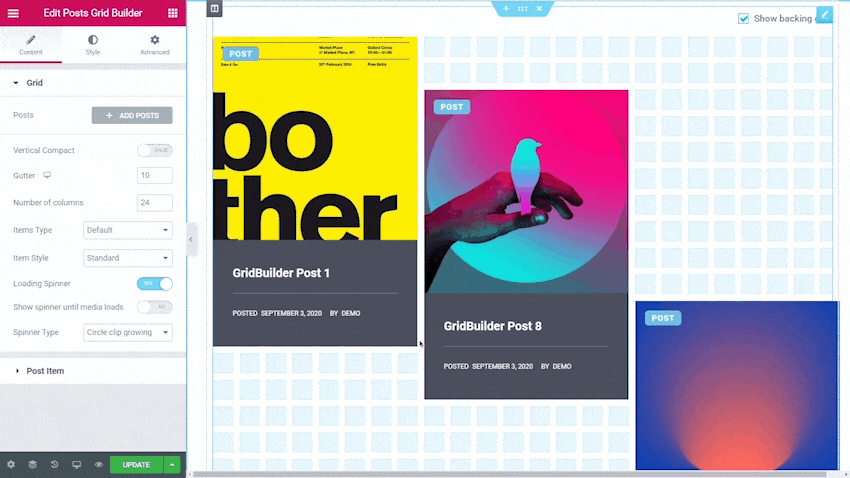
JetGridBuilder equips a wide range of outstanding features with flexible compatibility with other plugins. It provides the best-loved elements such as Custom Post Types, Pages, Posts, Products, Terms, etc. to display personalized content.
This plugin offers grid layouts that users can automatically place the images without wondering about the size’s preciseness.
You need to pay only $26 per year to acquire all these functional features.
#2 JetStyleManager
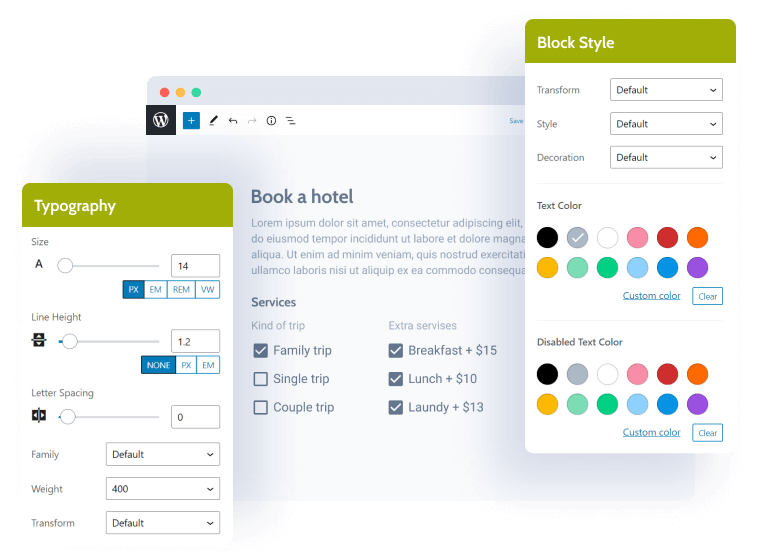
The JetStyleManager plugin focuses on polishing the website interface’s appearance with full control of style and typography. Despite not being a dynamic plugin itself, the tool still earns its value in making your active page more stylish and engaging.
What’s more, this plugin is completely free without registration fees.
#3 JetSmartFilters
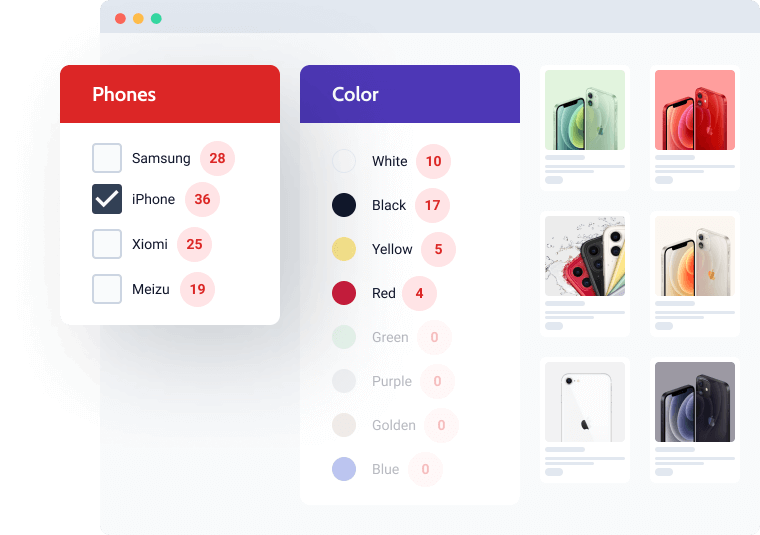
JetSmartFilters is perfect for developing complicated websites when easing the searching experience with user-oriented filtering.
This plugin provides dynamic filtering with a well-arranged hierarchy based on user requests to smooth the website navigation. It can also ensure optimized performance by allowing seamless integration (Elementor, JetEngine, JetWooBuilder).
JetSmartFilters costs you $24 per year.
#4 If-So

If-So helps add or remove displayed content according to users’ profiles and interacting sessions. It doesn’t require you to have coding knowledge to operate a smooth website. The plugin also frees you from worrying about page load delay.
Additionally, it brings built-in analytics to track the dynamic content’ performance and the conversions increase.
You have to pay $139 to purchase a single demand to use this plugin.
#5 Jet Appointment
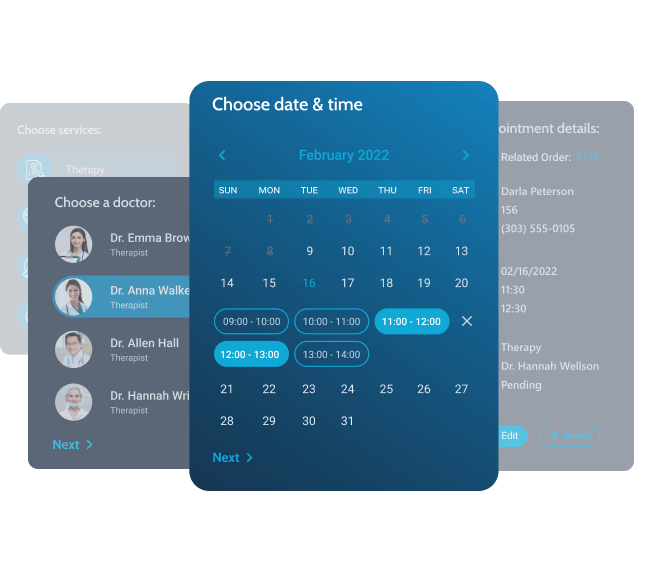
Jet Appointment can solve your issues about running a booking or payment website. The plugin provides all customized features to show booking dates and times, services, and providers on the front end.
With a wide range of template options, you can make your dynamic booking website more stylish and easy-to-interact with.
Jet Appointment costs you $19 per year to acquire a website.
FAQs
What are Other Plugins to Generate Dynamic Content?
Apart from plugins introduced above, you can reference these suggestions to create a dynamic website: Toolset, Elementor Pro, ACF, and Beaver Themer.
What are the Differences between Dynamic and Static Content?
The main difference is the personalized experience based on users’ data regarding profiles, preferences, and search queries. Dynamic content is better for displaying relevant posts and products to shorten the acquaintance time for new customers.
Gutenberg Dynamic Content for Better User Experience
Gutenberg dynamic content provides a thorough approach to optimizing users’ experience for commercial purposes. By recommending relevant posts and products to visitors, businesses can mark a significant impression in their minds to get more engagements and conversions.
Subscribe to our website to update more useful information on the processes of generating dynamic content for your business.
